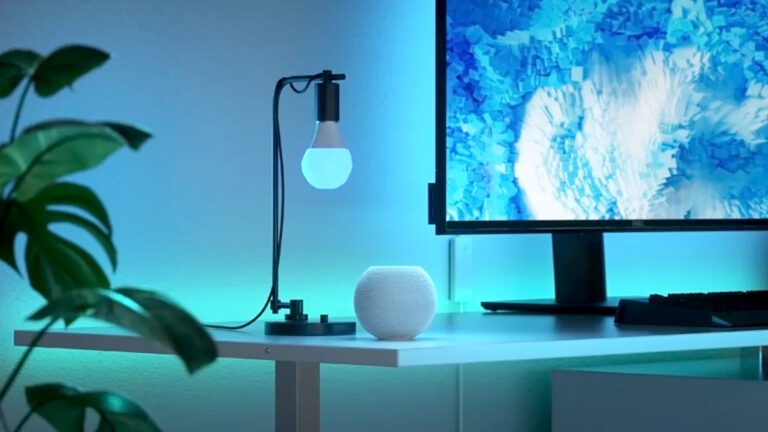
[ad_1]
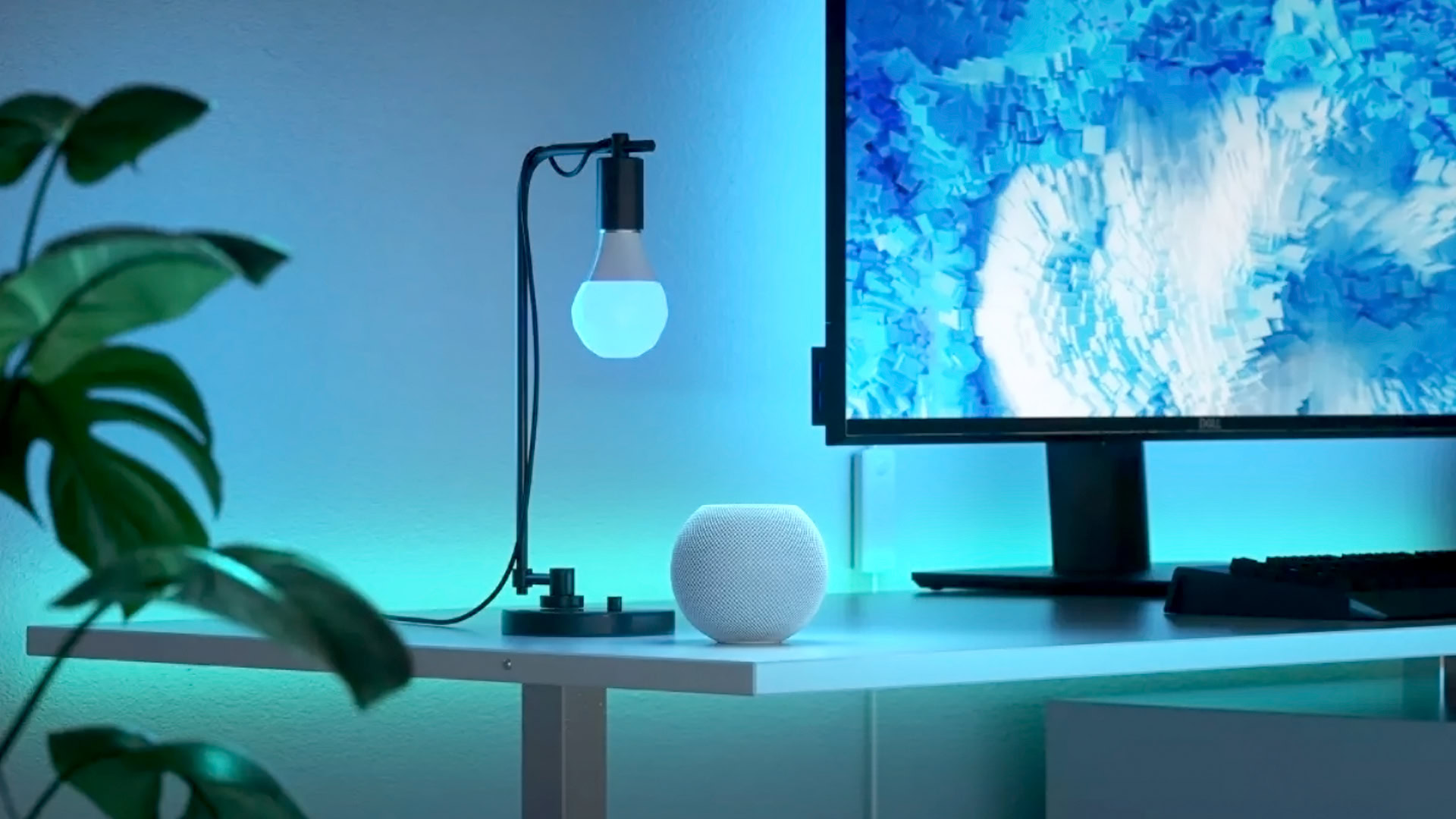
Thread is a label you’ve probably seen increasingly often if you’ve been shopping for smart home accessories in the past year. It’s entirely possible, though, to have missed what Thread is, or why you should care — in which case here’s a primer on the technology, why you should be hunting it down, and some of the best Thread devices you can buy.
What is Thread?
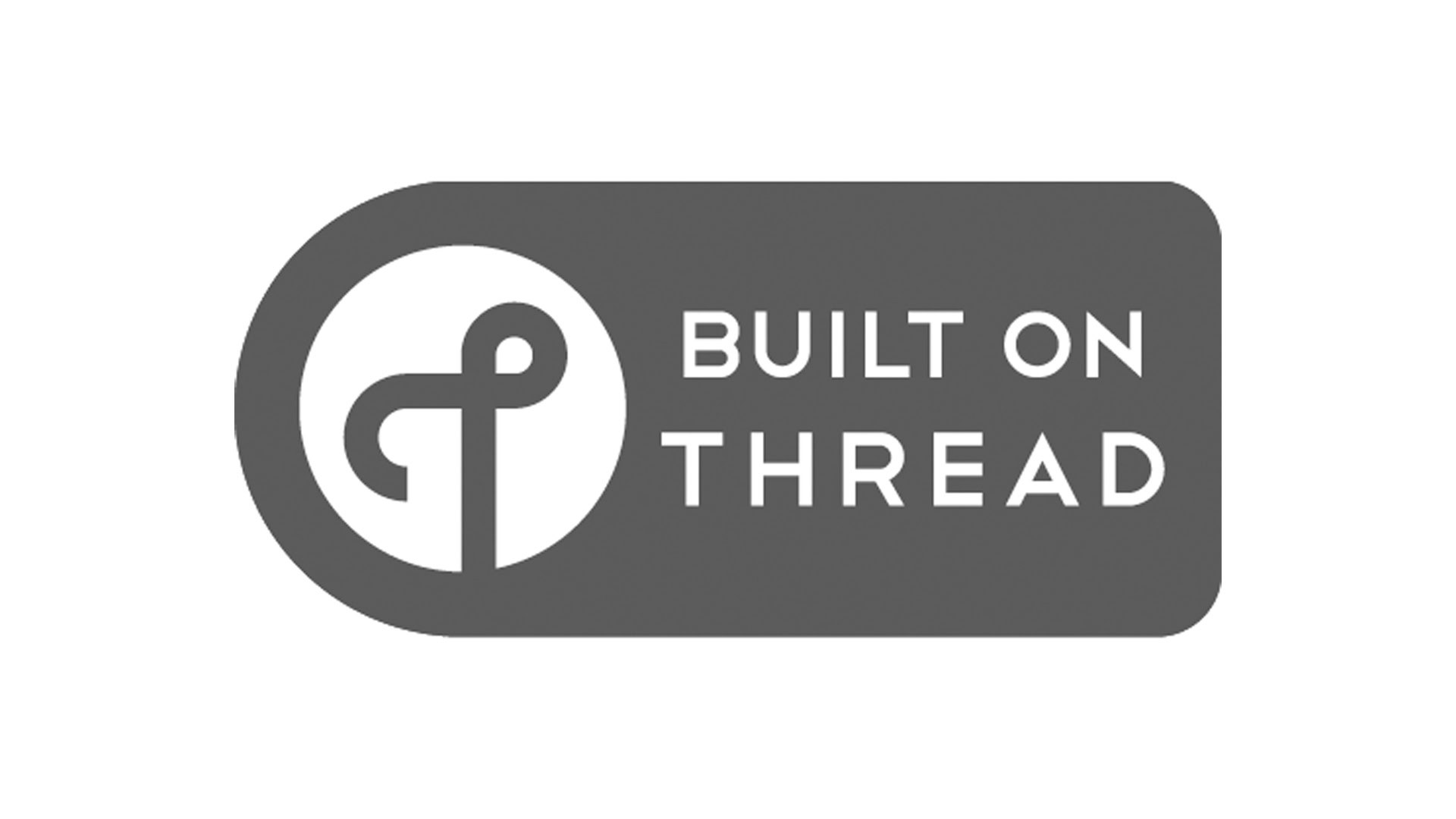
At its core, Thread is a wireless protocol based on Zigbee, a low-power standard used by a number of smart home manufacturers. It’s not uncommon to see products like smart bulbs and motion sensors support Zigbee, precisely because they can operate with minimal consumption — even a Bluetooth-based sensor needs to be larger than a Zigbee equivalent to accommodate a bigger battery, never mind power-hungry Wi-Fi.
Because they’re distinct protocols, Zigbee and Thread also reduce the burden on your Wi-Fi network. A prime of example of this is the Philips Hue ecosystem, which connects up to 50 Zigbee lights to a single Wi-Fi bridge/hub. If you were to use 50 bulbs with individual Wi-Fi connections, even a Wi-Fi 6 router would probably become oversaturated.
Another common feature is that the protocols enable “self-healing” meshes. That f, devices can talk directly to each other without a hub or the internet, and if one device is problematic, the mesh can re-route traffic. Even a light bulb on the opposite side of your house can still communicate with closer hardware so long as there are enough devices in between to form a relay.
The critical diversion is that unlike Zigbee, Thread devices can talk to the internet and each other via native IPv6, regardless of their manufacturer — that’s IP as in Internet Protocol, the numerical address format used by most things online. The only real requirement for Thread products reaching the internet and/or establishing a local network is a “border router,” and many Thread accessories are able to operate as their own. Zigbee devices invariably need a hub.
Why is Thread a big deal?
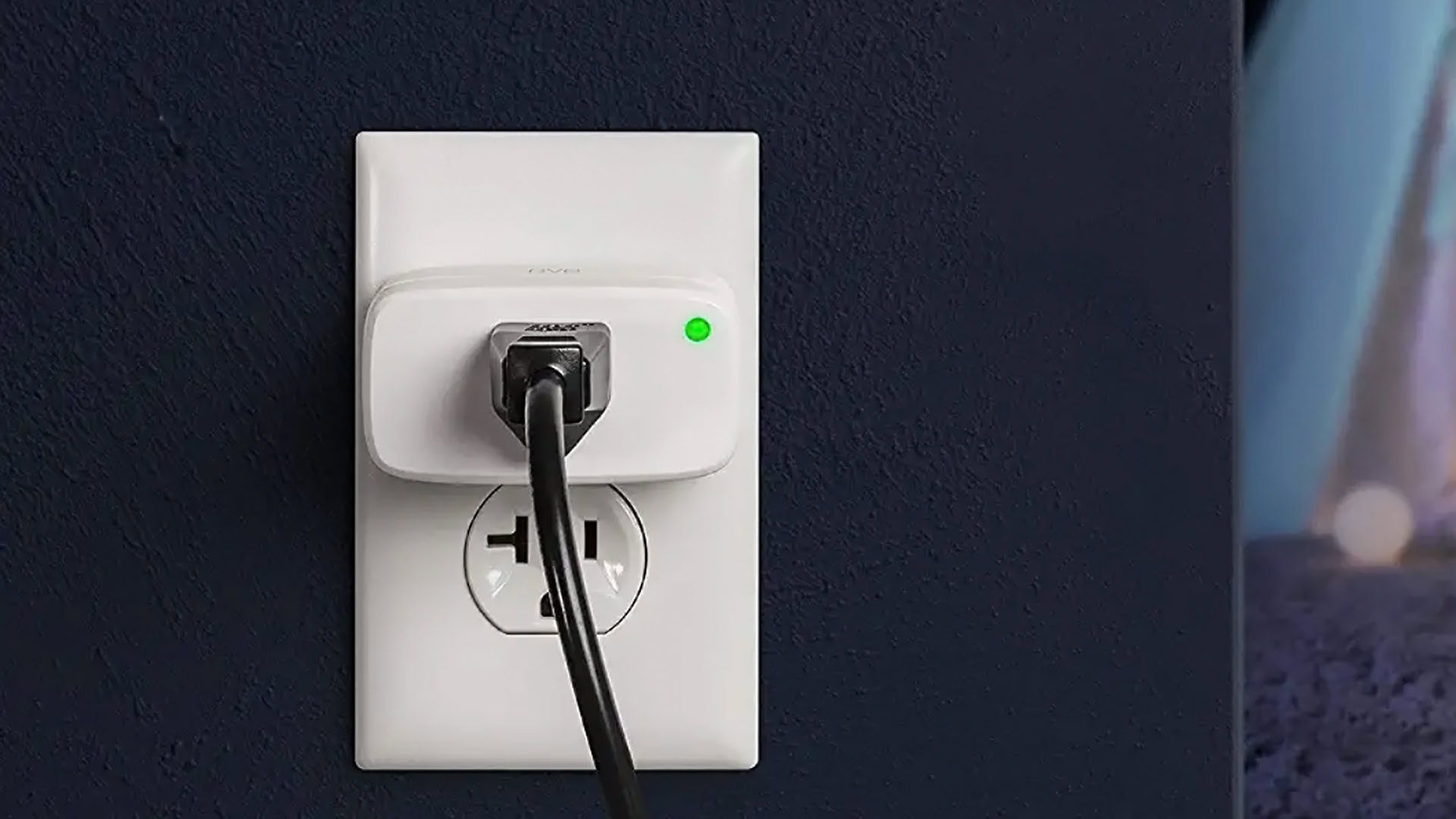
The need for dedicated hubs has limited the potential of Zigbee, as well as a similar standard, Z-Wave. People can be reluctant to spend the extra cash on them, or may not have the know-how to install one and pair accessories. In some cases you may need brand-specific hubs to get accessories to work, at least with their full feature sets. You can pair Hue lights with third-party Zigbee hubs, but don’t expect to get the same level of control.
The situation has led to many accessories sticking with separate Wi-Fi connections and all the limitations that follow. On top of power issues, depending on Wi-Fi means that every device has to connect straight to a central point, i.e. your router. If that point is oversaturated or too far away, you’ll run into drop-outs.
Thread eliminates Wi-Fi’s problems and responds faster.
In many instances Wi-Fi accessories depend on cloud services for automation. If there’s a local internet outage, those automations won’t run. That can be a serious problem if you’re counting on them to keep you safe and comfortable.
Thread not only deals with these problems, but responds faster. Whereas Wi-Fi accessories can sometimes take a second or two to react to commands, Thread is nearly instantaneous. It’s even faster than Zigbee or Bluetooth, eliminating awkward delays, especially for things like motion-triggered automations.
We have yet to address Thread’s biggest selling point, however — forming the core of Matter.
Why the hype for Matter over Thread?

Roger Fingas / Android Authority
You can read more about Matter in our guide, but the short synopsis is that it’s an upcoming networking protocol that will allow accessories to work with all major platforms, including Amazon Alexa, Apple HomeKit, Google Assistant, and Samsung SmartThings. To date, industry has been fractured by compatibility problems — newcomers may have no idea which products will work with what, and/or find themselves unable to use their platform of choice. Matter should solve all of this when it rolls out this fall, if initially excluding some device categories like security cameras and robot vacuums.
Matter offers universal compatibility, while Thread provides speed and reliability.
On a technical level, Matter supports mesh networks not just over Thread, but also Wi-Fi, Bluetooth, and Ethernet. This means less reliance on hubs overall, or even the internet. You’ll still need a Matter-compatible Wi-Fi hub for things like remote control, but while you’re at home, even your phone should be sufficient for control and updates.
Thread is Matter’s ideal infrastructure, being designed with smart home meshes in mind, and improving the speed and reliability of accessories across platforms. In fact the more Thread products you own, the more resilient your mesh becomes. Expect Matter over Thread to become the default for smart homes going forward.
Are there any drawbacks to Thread?
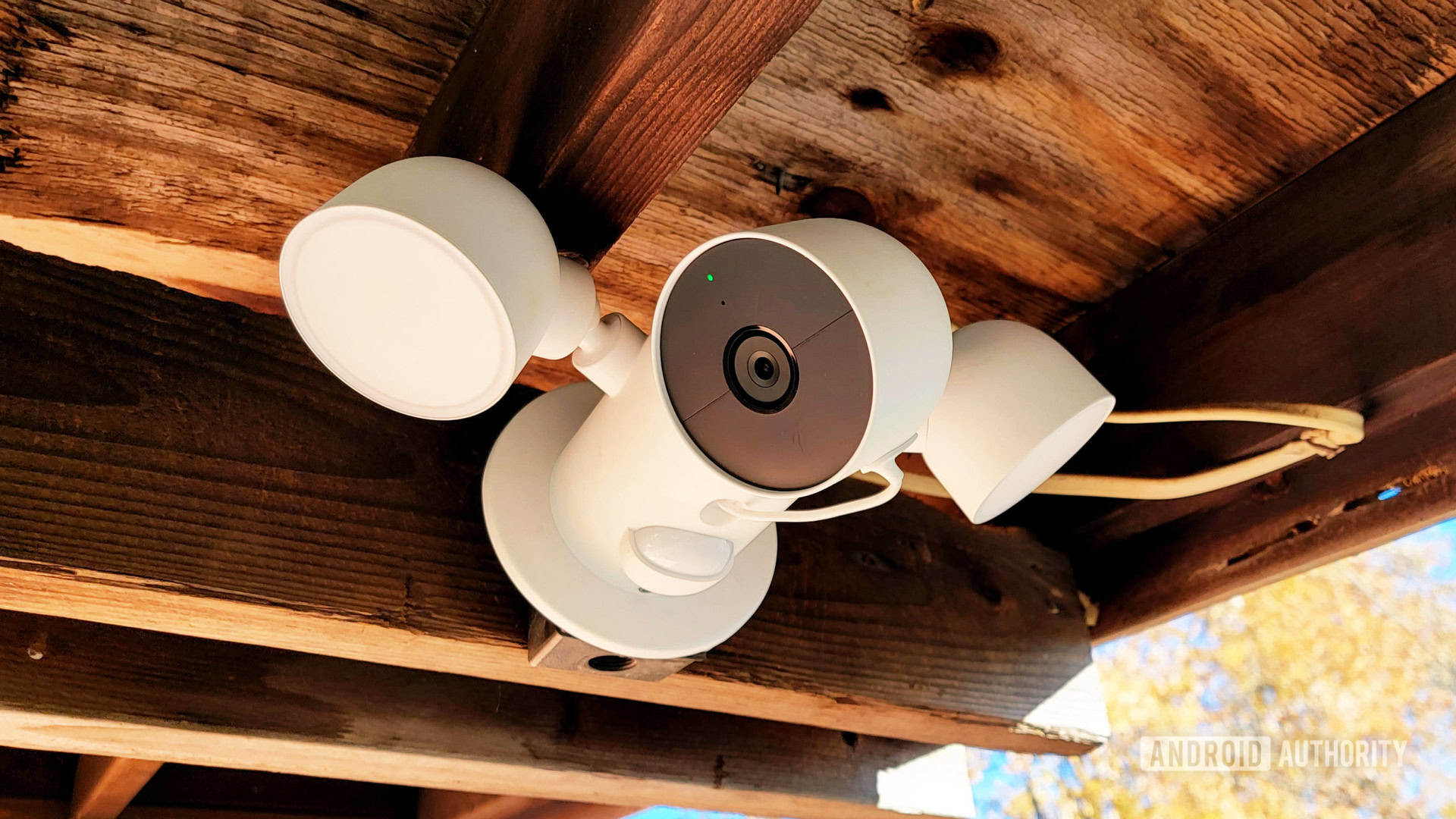
C. Scott Brown / Android Authority
The technology’s biggest limitation is bandwidth. It carries much less data than Wi-Fi, so it simply can’t handle things like streaming audio and video. Though some smart speakers, displays, and media streamers include Thread, that’s for the sake of linking other accessories, not streaming music or checking your doorbell camera. Thread is better suited to things like lights, sensors, locks, plugs, thermostats, and small appliances.
Low power also means low range, which means having Thread products strewn throughout your home is a necessity if you want to enjoy the benefits. It’s pointless to have a handful of Thread-based light bulbs if their mesh is too distant from a phone or border router most of the time. You probably don’t need Thread in every room, but the more devices, the better.
Some confusion is still being sorted out too. One early adopter, Eve, classifies some of its products as “Minimal Thread Devices,” meaning they can only operate as endpoints rather than border routers. Ahead of Matter’s arrival, implementations of Thread are also generally platform-specific, so you can’t count on a HomeKit Thread device linking with Alexa.
Once Matter is live and there are enough Thread products in homes, however, both of those things should become non-issues. Thread is the future. Whenever it’s applicable, pick the Thread-ready product.
The best Thread-ready devices
Eero 6 Plus
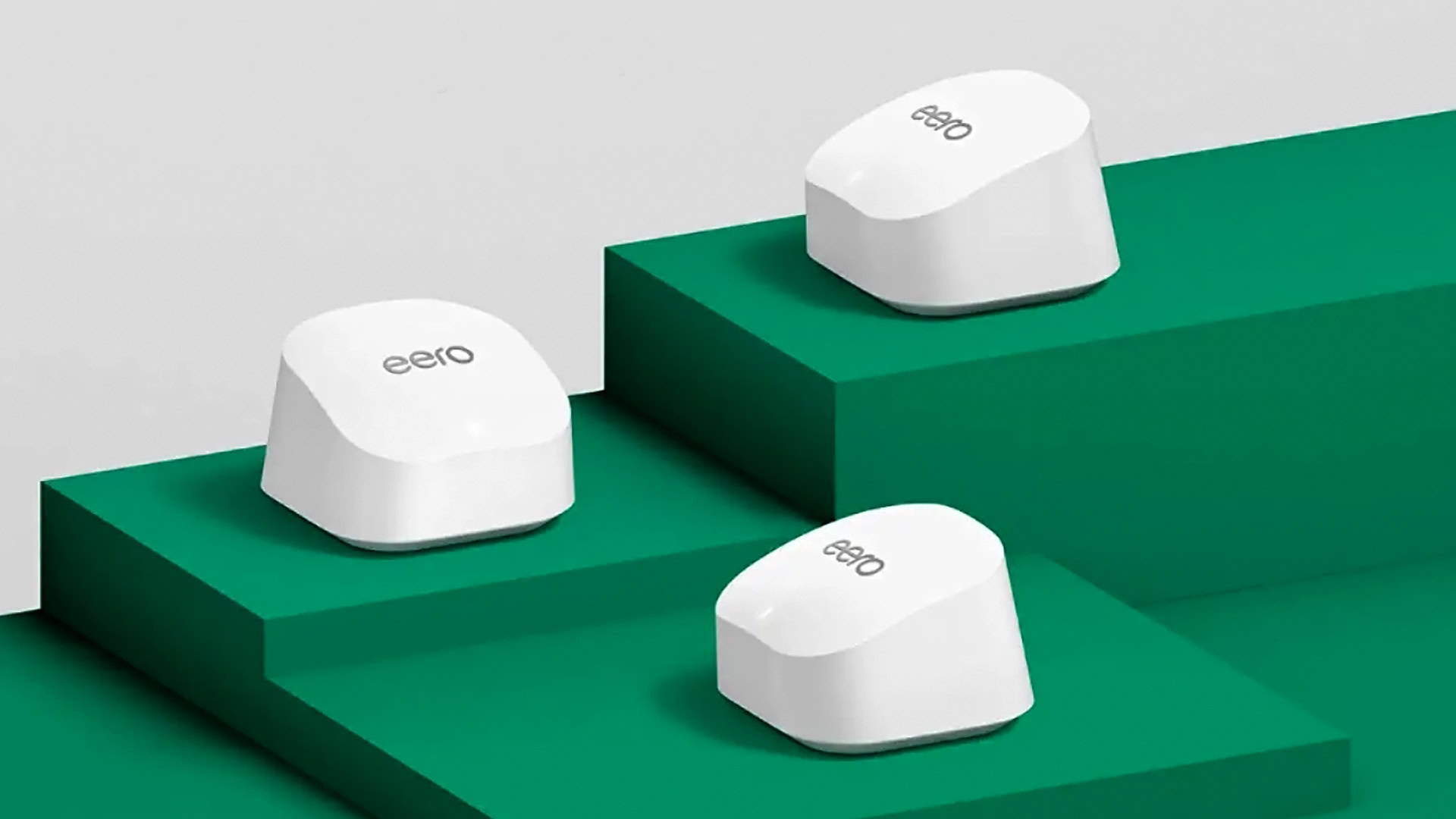
While the 6 Plus is first and foremost a Wi-Fi 6 mesh router, each unit doubles as a Thread router, killing two birds with one stone. Thread compatibility is currently limited to Nanoleaf lights — but Eero is promising universal support once Matter arrives, and you can connect Zigbee accessories too if you feel like it.
For Wi-Fi, the 6 Plus is extremely easy to set up and manage, especially if you have Alexa. It can also handle gigabit internet, though actual Wi-Fi connections will be slower. The sweetest part is that you can get a three-pack for $299 or less, enough to cover homes up to 4,500 square feet (418 square meters).
Eve Motion
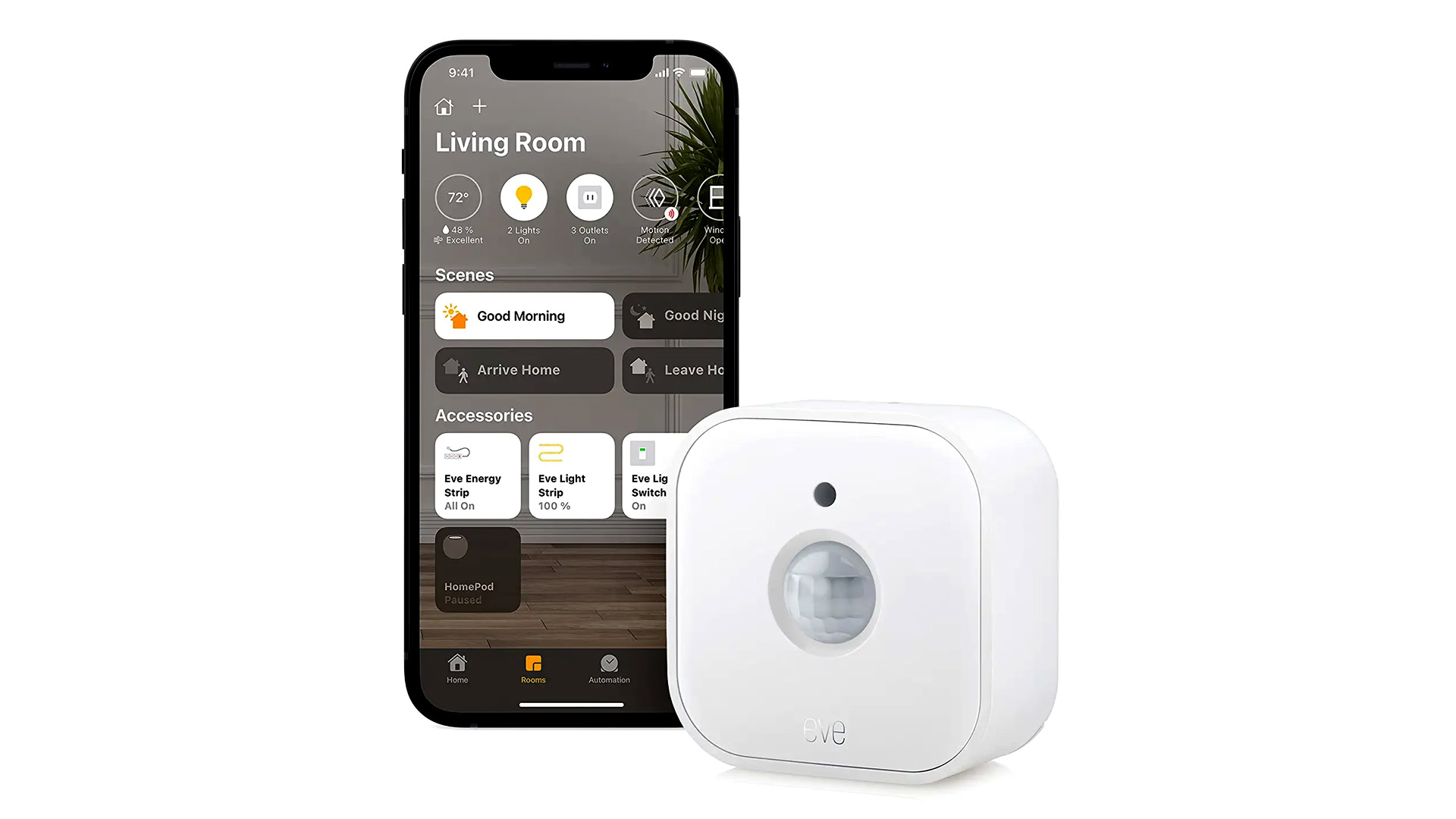
The Eve Motion picks up both motion and light levels, so you can use it to trigger automations based on real-world lighting conditions. You might, for example, set room lights to be activated by motion only if it’s dark enough, whether because of clouds or approaching night. It’s also IPX3 water-resistant, so you can use it outdoors or in your bathroom, unlike a lot of the competition.
Nanoleaf Essentials Light Bulb
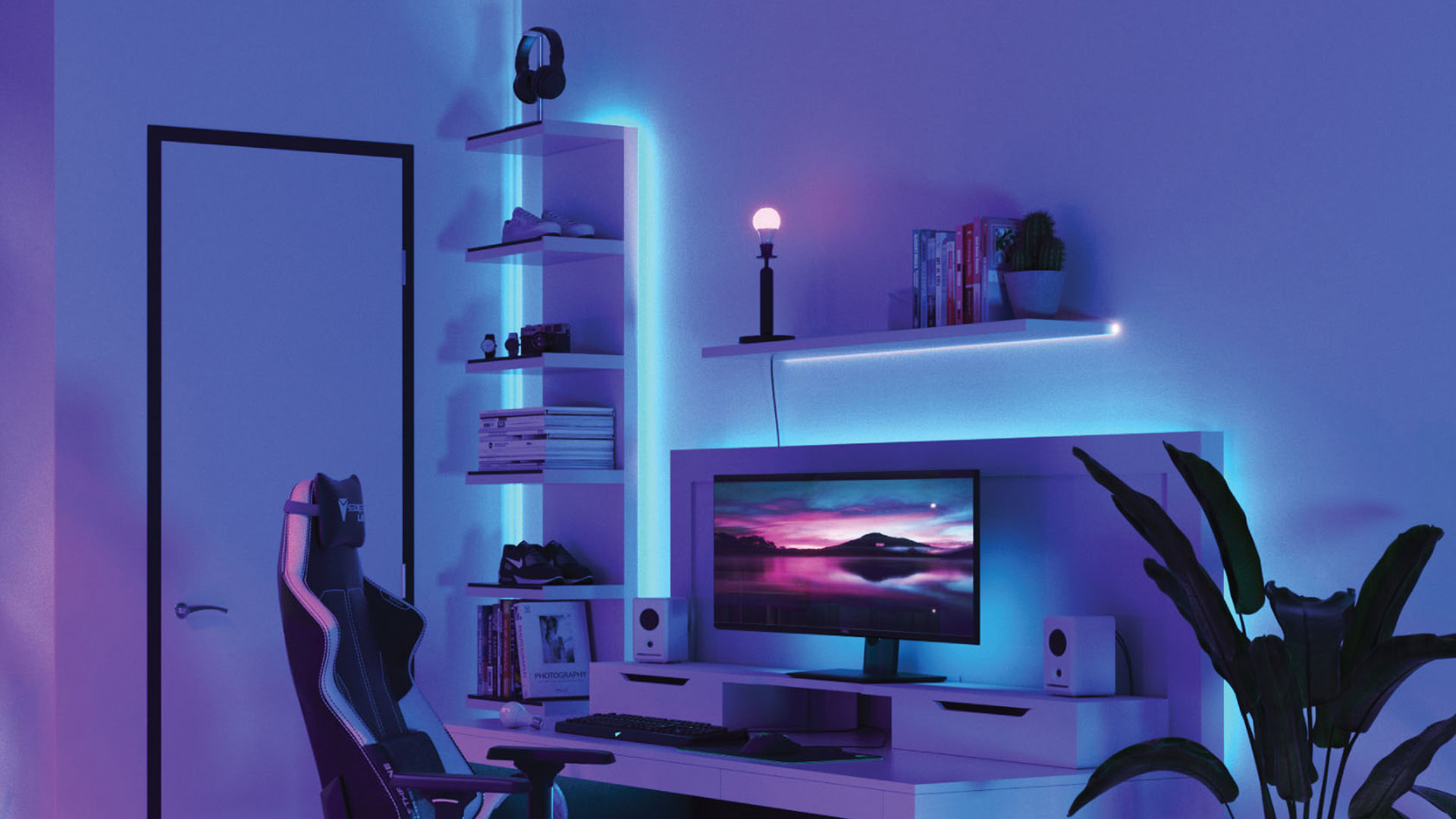
On their own, Nanoleaf Essentials bulbs are merely alright — you can get better bulbs from Philips Hue — but they’re cheap and some of the first to support Thread. To use them with Thread in the pre-Matter world, you typically need either HomeKit (including a hub) or a compatible Eero router. They’ll also work with SmartThings under varying conditions, the simplest being if you have Nanoleaf Shapes or Elements panels.
Without Matter or Thread, they’ll still work with HomeKit and Google Assistant over Bluetooth. They can also be synced with your PC using Razer Chroma or the Nanoleaf desktop app.
Apple TV 4K
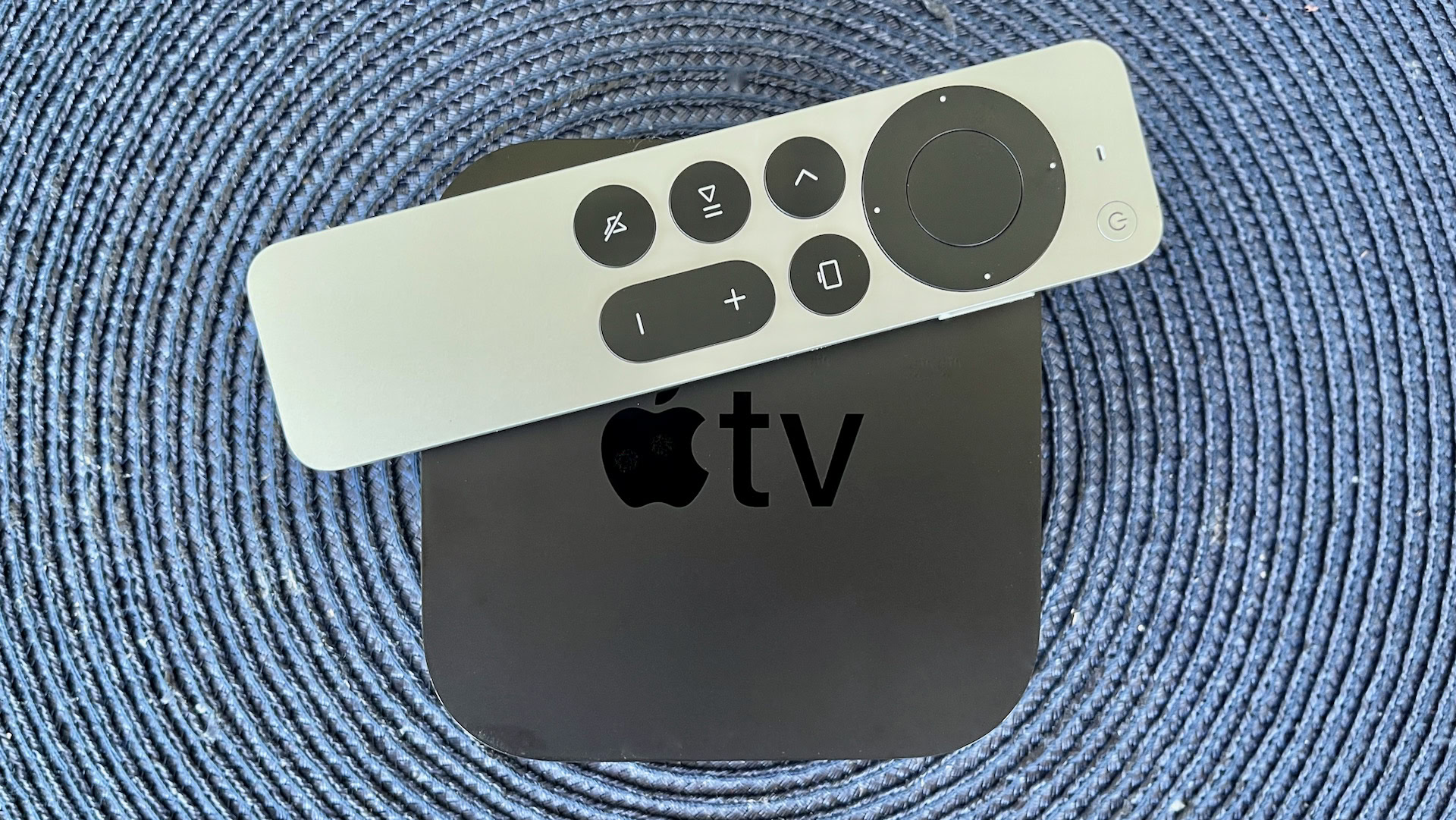
Eric Zeman / Android Authority
We’ve tried to avoid being too Apple-centric in this list for obvious reasons, but as you may have gathered, it’s difficult. Apple was one of the earliest Thread adopters, and HomeKit has Thread baked in.
The Apple TV 4K operates as both a Thread border router and a HomeKit hub, which can make it vital in any HomeKit setup. That’s also true of the HomePod mini, but the Apple TV 4K is arguably the best media streamer you can buy even if you don’t care about HomeKit. It offers excellent performance, a simple interface, and virtually any app you could want, including many games. We’re looking forward to expanded possibilities when it can control Matter hardware.
FAQ
The beauty of Thread is that there isn’t one exact owner, instead a group of companies have come together to support the standard. The members of the Thread Group include Google, Yale, Apple, Qualcomm, and others.
Considering Thread no longer requires a conventional hub, we’d say it’s the clear winner. It’s also faster. That said, if you’ve already invested extensively in Zigby you might want to hold off jumping to the new standard.
[ad_2]